In 1850, Louis Vicat demonstrated the quality of Saint-Astier limestone, marking the start of a pre-industrial era of limestone quarrying.
Your search
See more
There were no results matching your search.
- Homepage
- A History of Families

